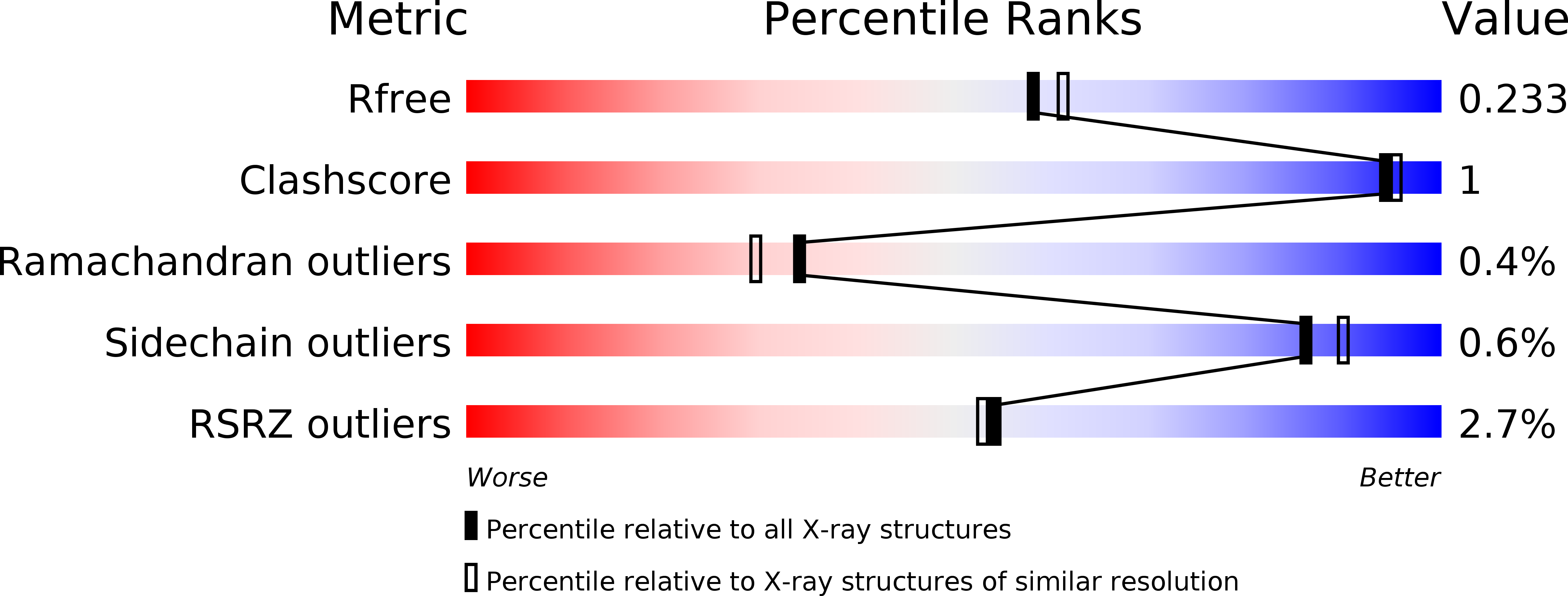
Deposition Date
2018-06-29
Release Date
2019-03-27
Last Version Date
2024-11-13
Entry Detail
PDB ID:
6GYH
Keywords:
Title:
Crystal structure of the light-driven proton pump Coccomyxa subellipsoidea Rhodopsin CsR
Biological Source:
Source Organism:
Coccomyxa subellipsoidea C-169 (Taxon ID: 574566)
Host Organism:
Method Details:
Experimental Method:
Resolution:
2.00 Å
R-Value Free:
0.22
R-Value Work:
0.19
R-Value Observed:
0.19
Space Group:
H 3


